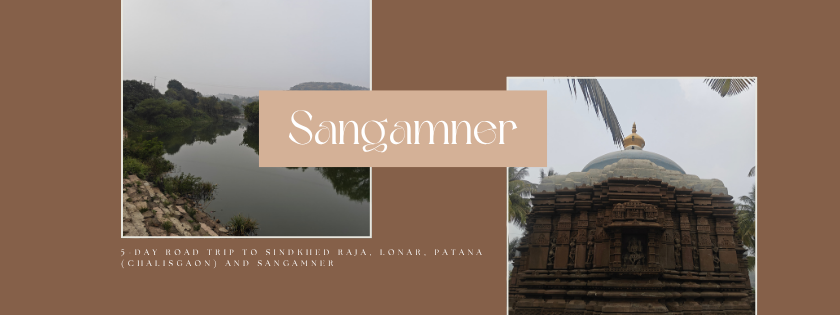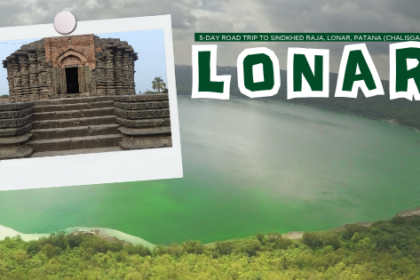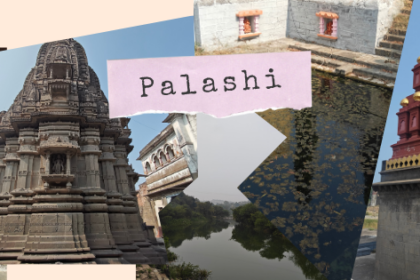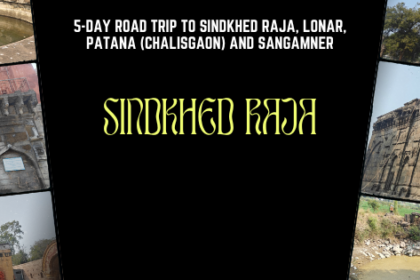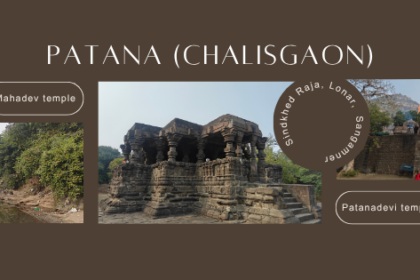To read the previous blog on Day 3: Chalisgaon, click here.
After exploring Sindkhed Raja, Lonar and Chalisgaon, we headed to Sangamner on the fourth day of this 5-days roadtrip. We had an early morning breakfast at Hotel Shree Kamalshanti palace, Chalisgaon and then we checked out from this hotel. We planned to visit Pitalkhora Buddhist Caves which are on the way to Sangamner.
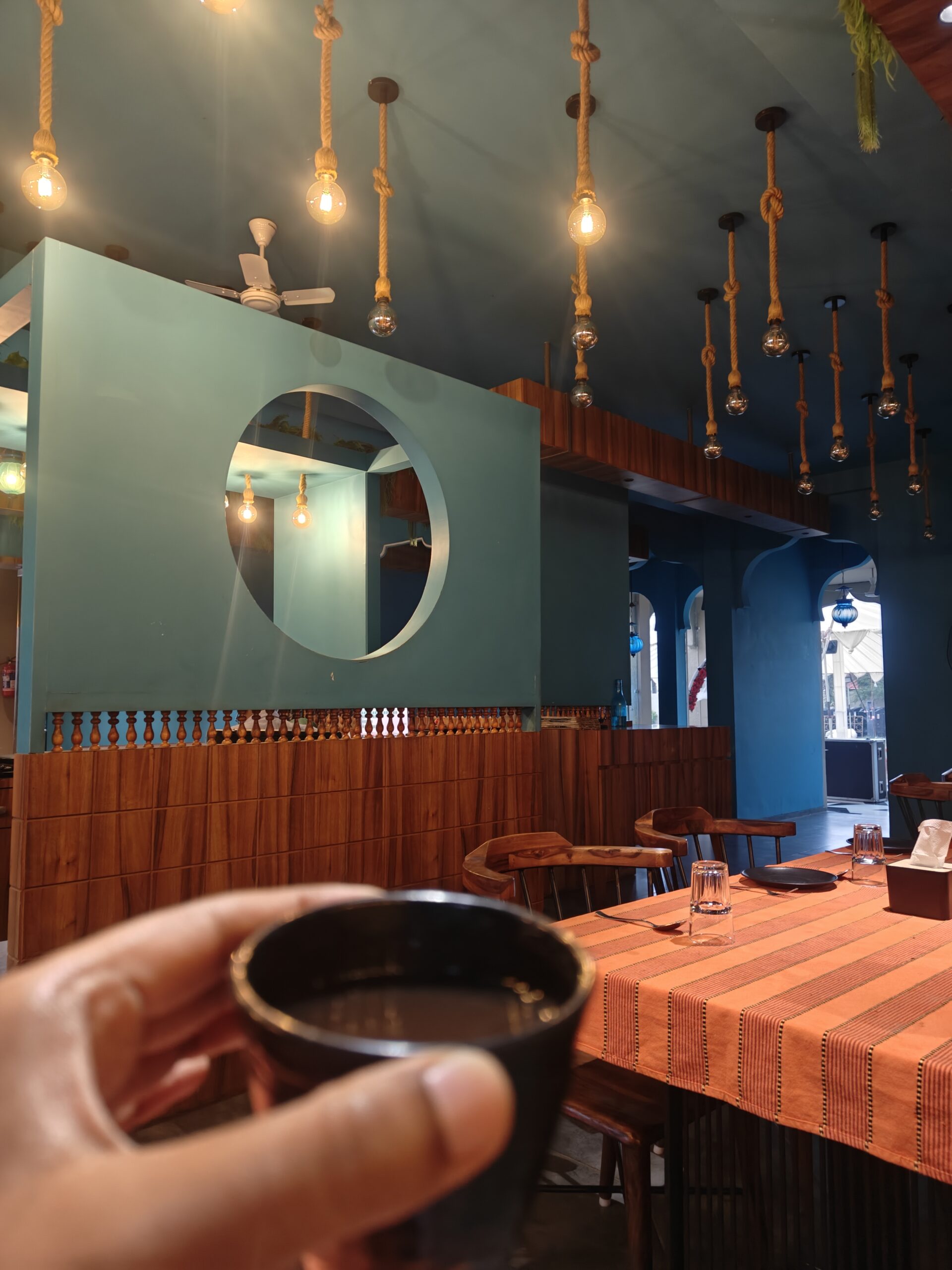
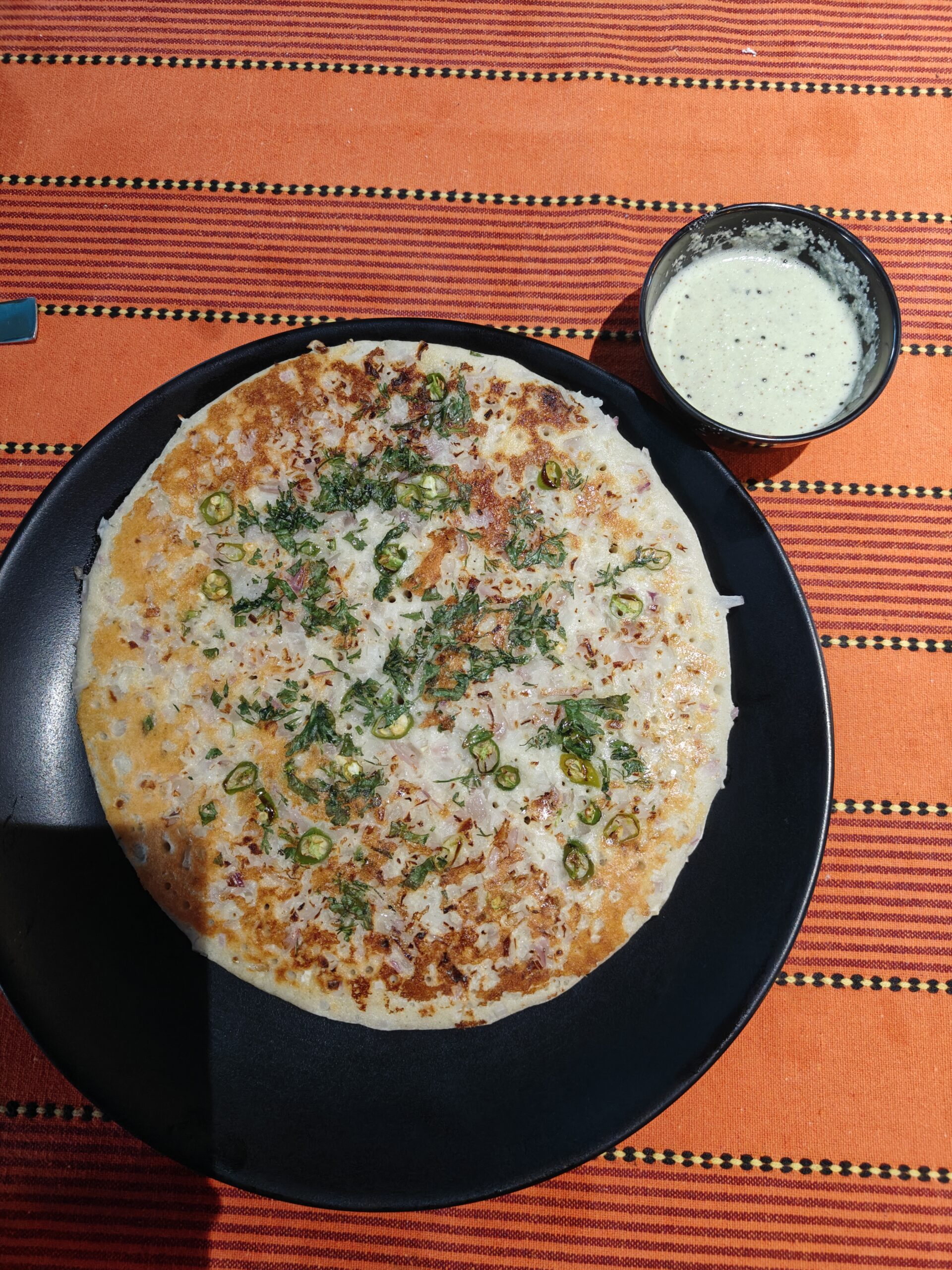
Pitalkhora Buddhist Caves lies in the Gautala Autrumghat wildlife sanctuary. Pets are strictly not allowed in Gautala Autrumghat wildlife sanctuary. The caretakers of the caves were sitting at the entrance Gate (refer the photo below). They told us to drive the car a little beyond the entrance gate and park in the small open space in the sanctuary. We walked for a couple of minutes beyond the parking and we arrived at a staircase which led deep down to the valley and the waterfall. The view of the valley and caves from the top of the staircase was breathtaking.
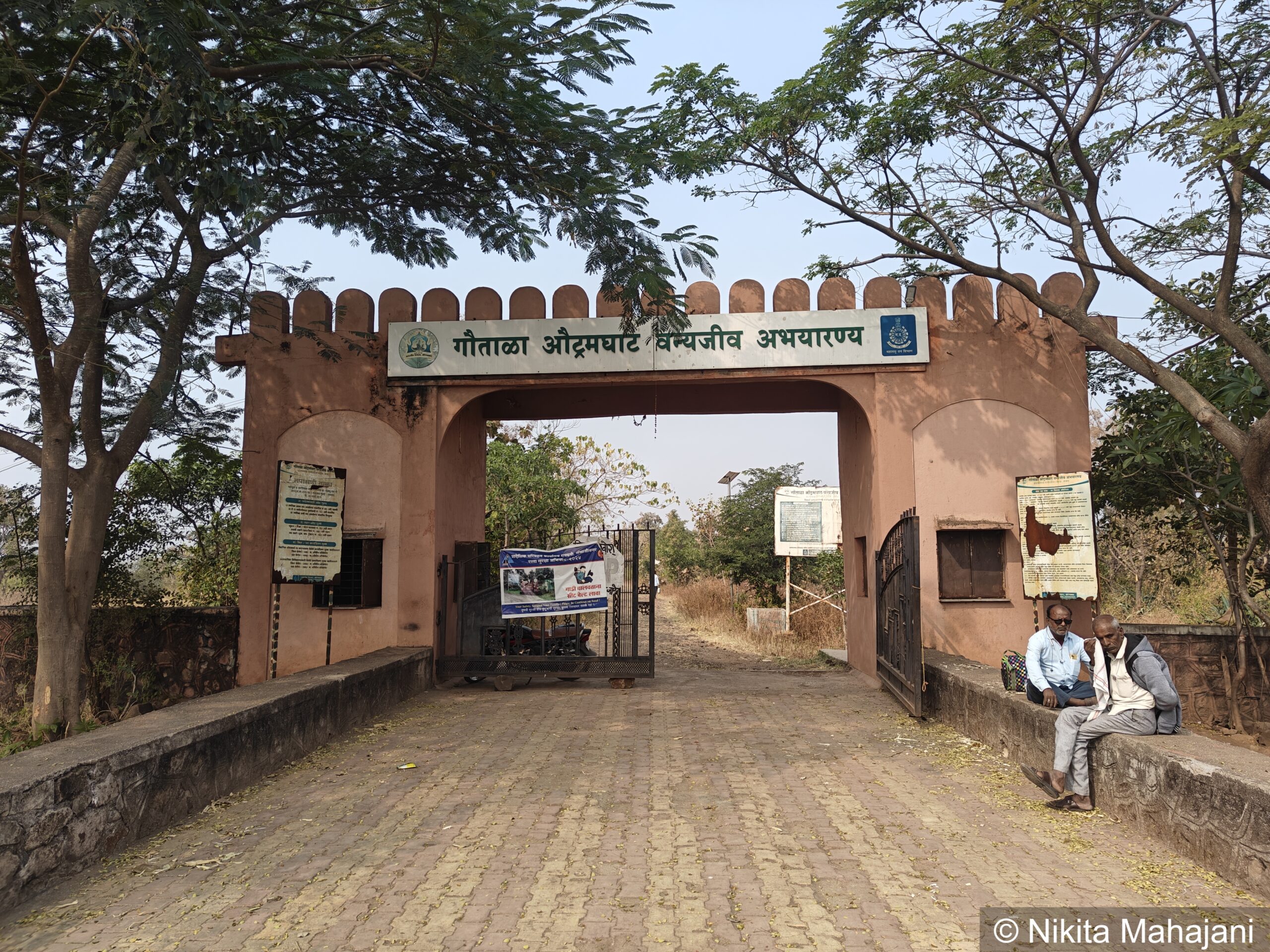
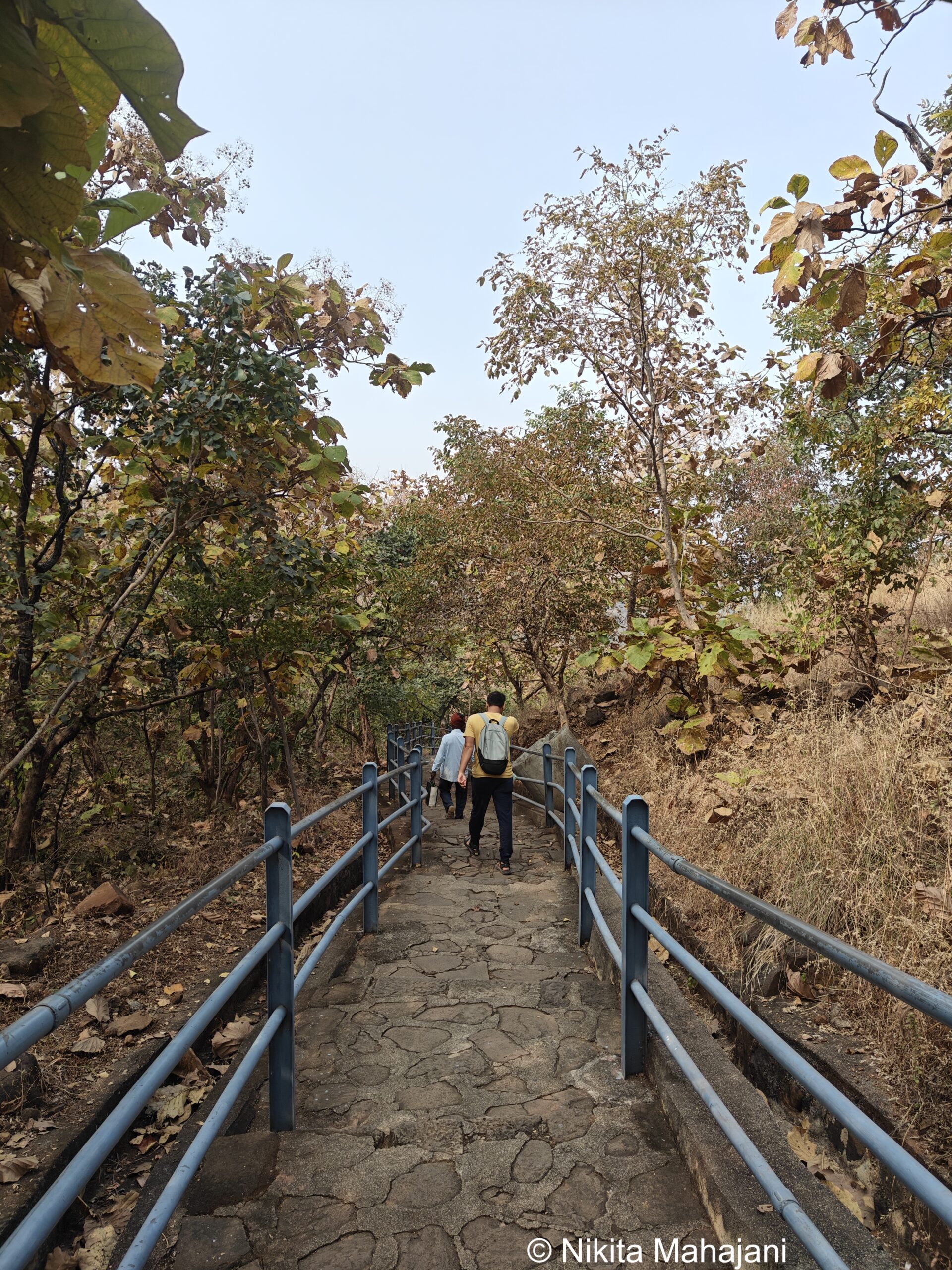
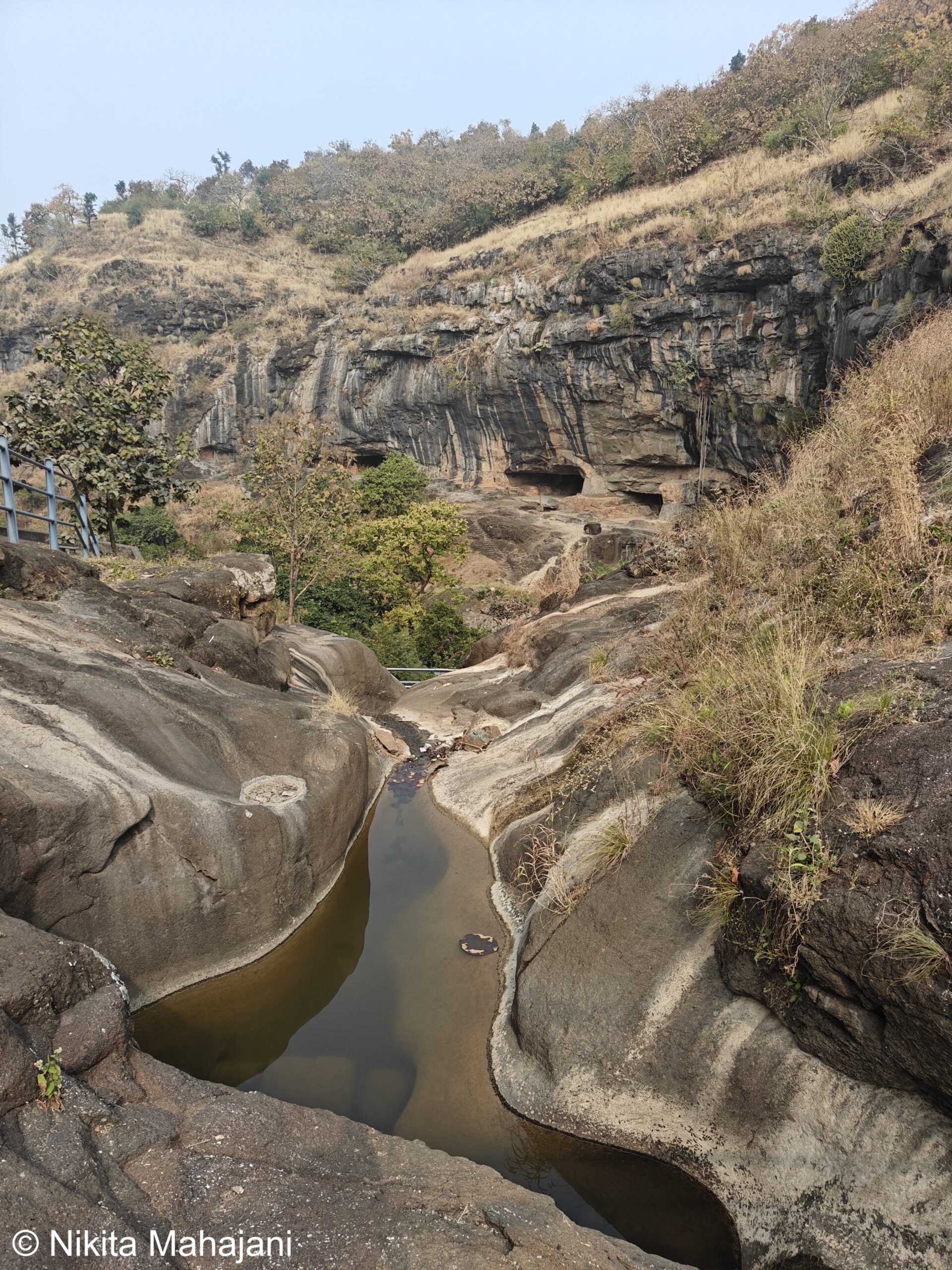
We reached the first cave after climbing down the staircase. It takes around 20 mins to reach the first cave. It is very easy to reach the caves since the steps are properly built and they have handrails on both sides.
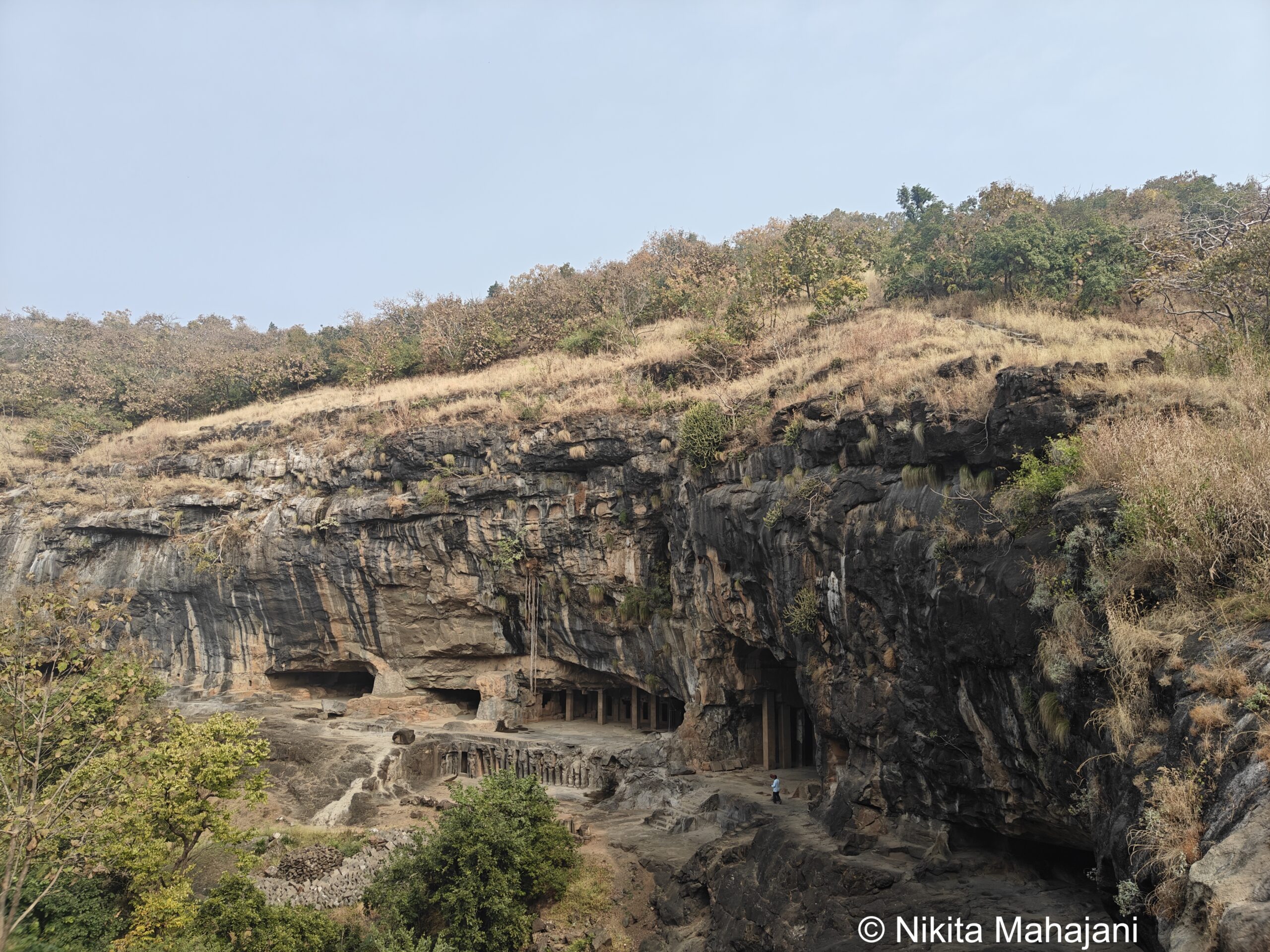
We came across a very beautiful three tiered waterfall on the way (which had almost dried up). The guard came with us throughout this trek. There was not a single tourist in the valley and the caves unlike Ajanta caves. It was just me, my husband and the guard.
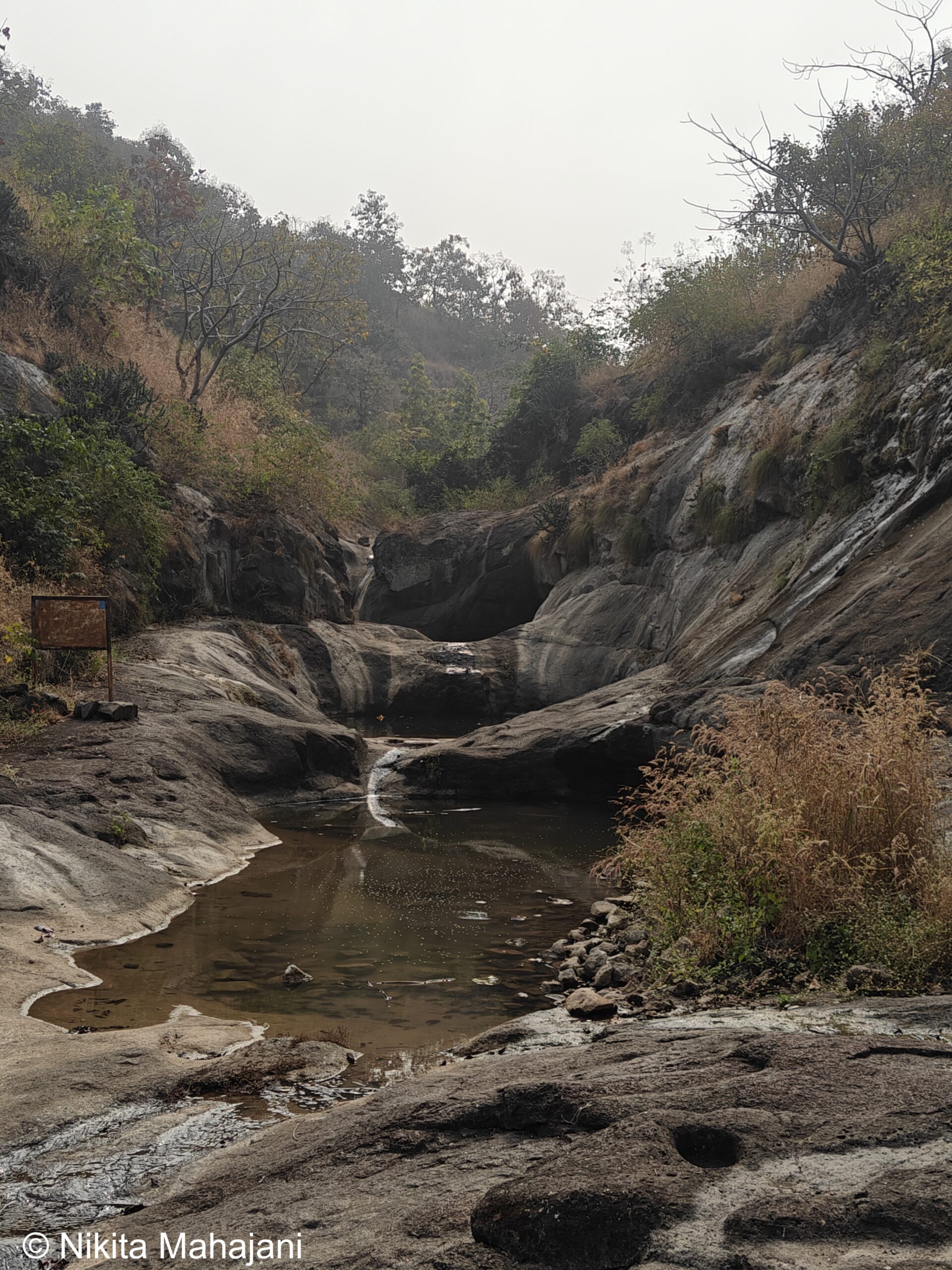
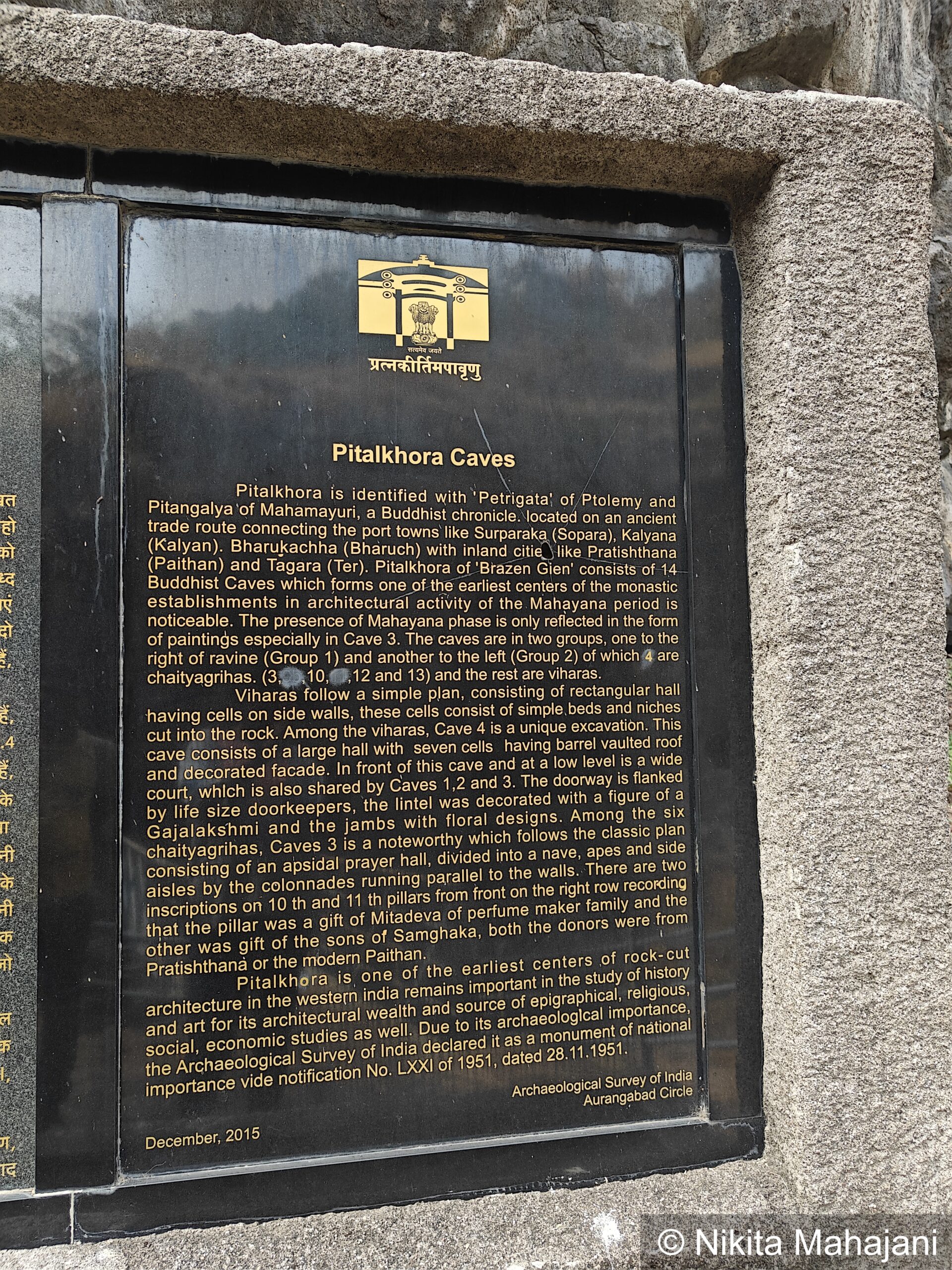
Pitalkhora is identified with ‘Petrigatta’ of Ptolemy and Pitangalya of Mahamayuri, a Buddhist chronicle, located on an ancient trade route connecting the port towns like Surparaka (Sopara), Kalyana (Kalyan), Bharukachha (Bharuch) with inland cities like Pratisthana (Paithan) and Tagara (Ter). Pitalkhora of ‘Brazen Glen’ consists of 14 Buddhist Caves which forms one of the earliest centers of the monastic establishments in architectural activity of the Mahayana period is noticeable. The presence of Mahayana phase is only reflected in the form of paintings especially in Cave 3. The caves are in two groups, one to the right of ravine (Group 1) and another to the left (Group 2) of which 4 are chaityagrihas. (3, 10, 11, 12 and 13) and the rest are viharas.
Viharas follow a simple plan, consisting of rectangular hall having cells on side walls, these cells consist of simple beds and niches cut in the rock. Among the viharas, Cave 4 is a unique excavation. This cave consists of a large hall with seven cells having barrel vaulted roof and decorated facade. In front of this cave and at a low level is a wide court, which is also shared by Caves 1, 2 and 3. The doorway is flanked by life size doorkeepers, the lintel was decorated with a figure of Gajalakshmi and the jambs with floral designs. Among the six chaityagrihas, Cave 3 is a noteworthy with its colossal chaitya hall consisting of an apsidal prayer hall, divided into a nave, side aisles by the colonnades and remaining pillars of side walls. There are two side chapels on either side and 11 pillars from both the right row recording inscriptions on 10 and 11 of Mitadeva of perfume maker family and that the pillar was a gift of Mitadeva of perfume maker family and the rest was the gift of the sons of Samghaka, both the donors were from Pratisthanapura.
Pitalkhora is one of the earliest centers of rock-cut architecture in the western India remains important to the study of history and art for its architectural wealth and for its epigraphical, religious, social, economic studies as well. Due to its archaeological importance, the Archaeological Survey of India declared it as a monument of national importance vide notification No. LXXI of 1951, dated 28.11.1951.
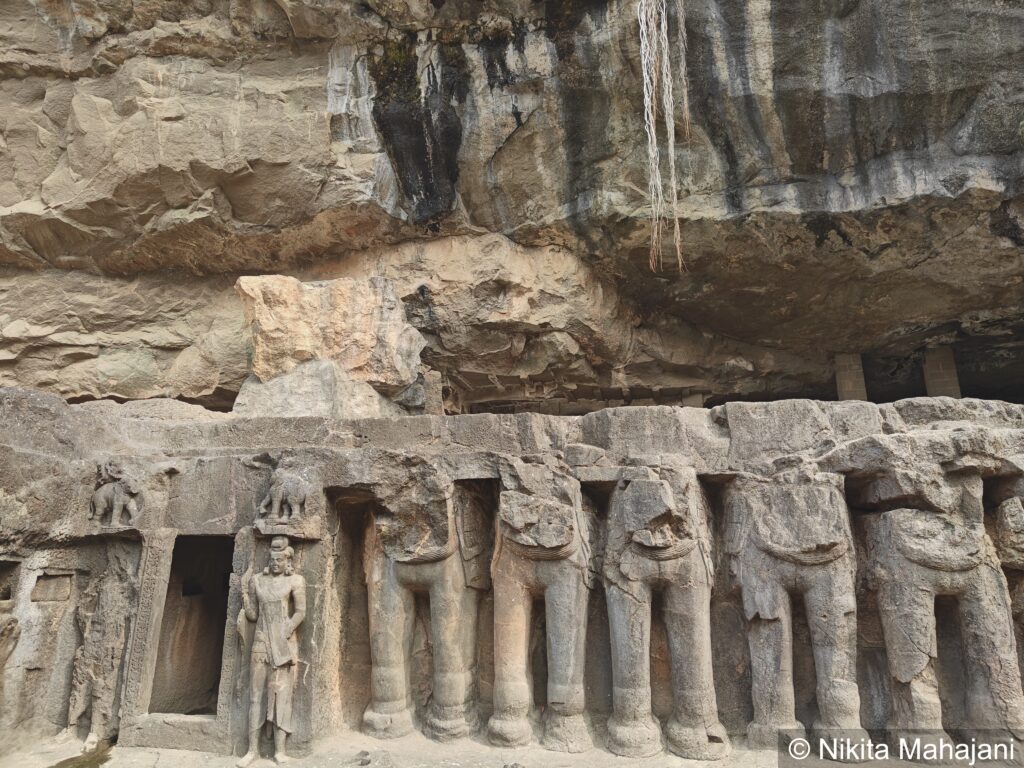
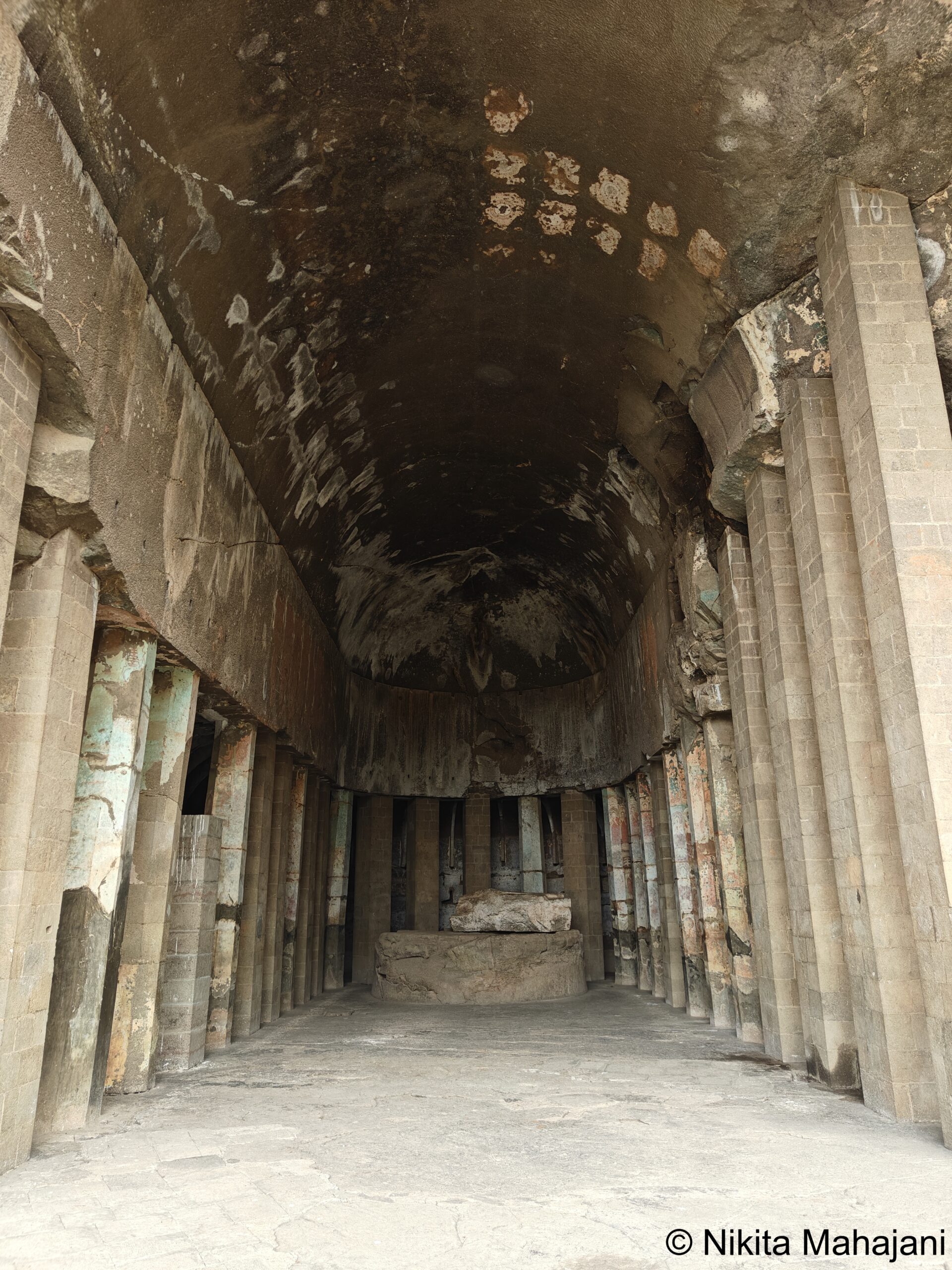

We crossed the valley to see the other small caves as well.
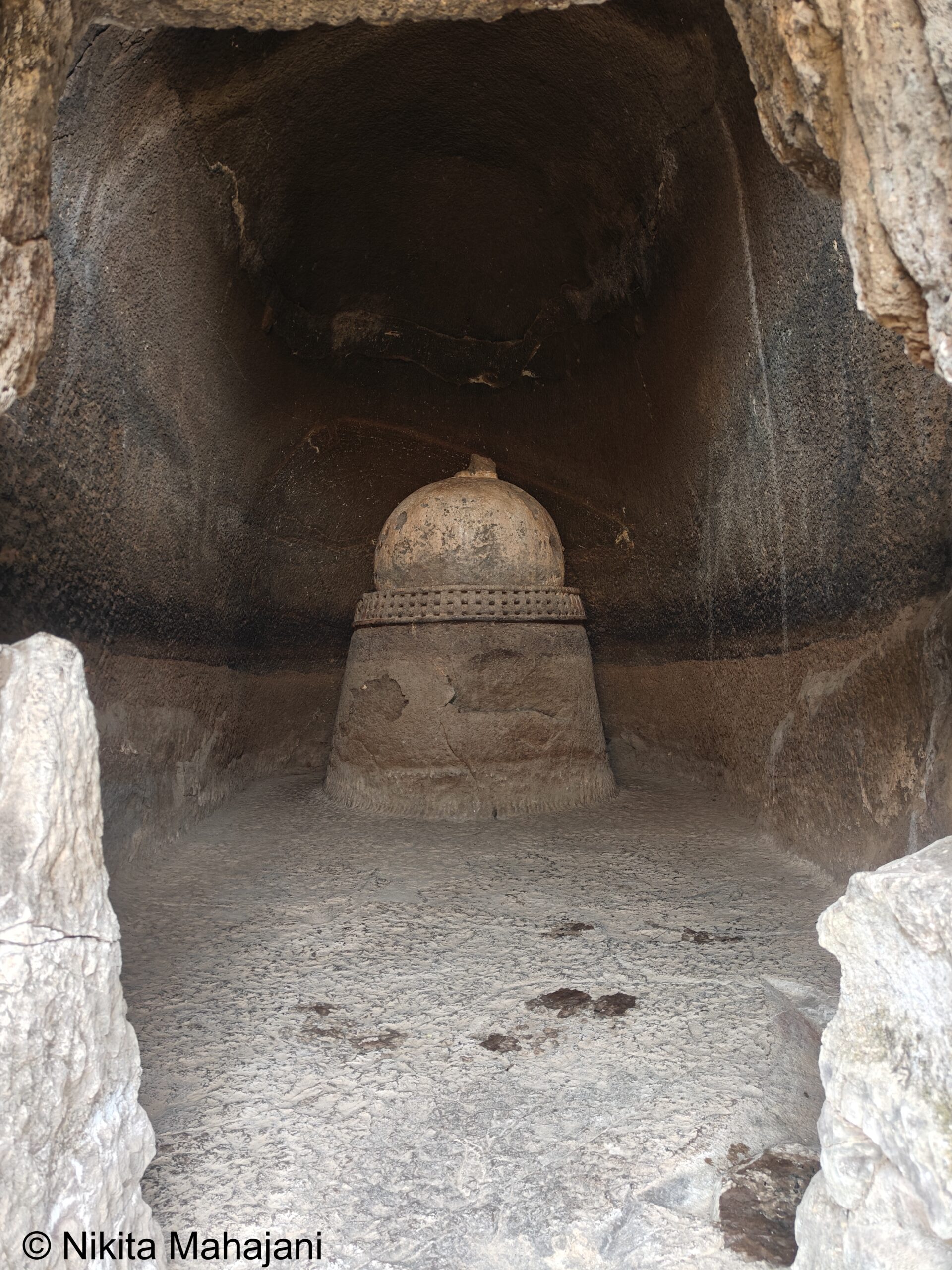
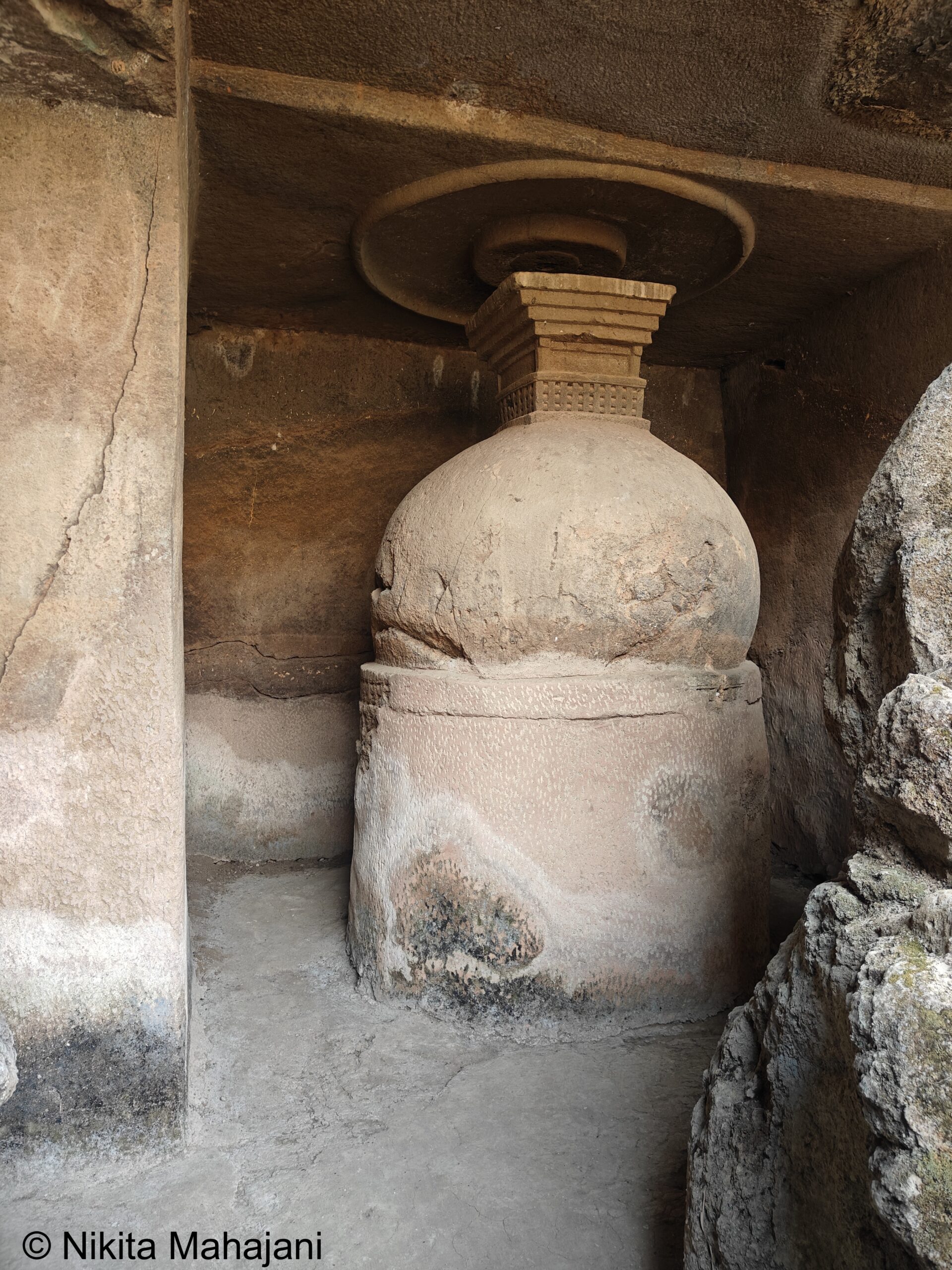
After visiting all the caves, we came back to the entrance and had some sugarcane juice at the shacks. We started the journey to Sangamner. We stopped for lunch at Garikipati Restaurant (Agro tourism) near Ellora. There are hardly any decent pure veg restaurants on this route. We had an unlimited vegetarian south indian thali at Garikipati Restaurant (Agro tourism). They serve simple, fresh and home cooked meals. After having this heavy lunch thali, we continued the journey to Sangamner.
We reached the Tahakari Jagdamba temple in Sangamner in the evening. The route to this temple was under maintenance. Although there was no traffic, still it took us a lot of time and effort to reach this temple due to the narrow roads and their ongoing maintenance. The Tahakari Jagdamba temple is on the banks of the Pravara river.
Tahakari is a quaint village situated in Akole Taluka of Ahmednagar district. The region surrounding it is known as the “Dandkaranya Parisar,” a spiritually significant area believed to be sanctified by the presence of Lord Shri Ram.
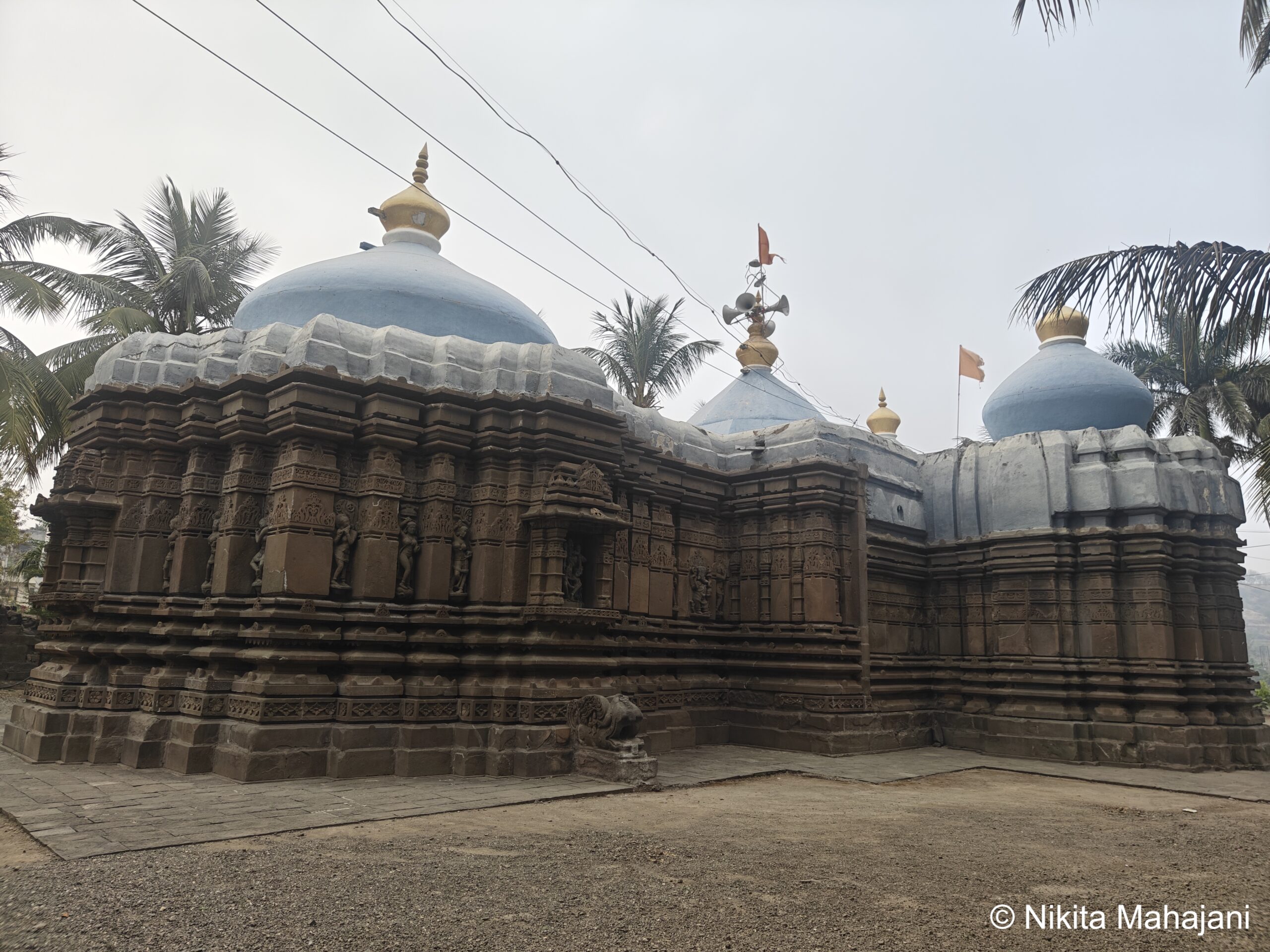
The Jagdamba Mata Temple in Tahakari village is an ancient heritage site. The temple, facing north, is built in the Hemadpanthi style. It measures 110 feet in length and 110 feet in width, with a height of 15 feet. The layout of the temple is in an octagonal pattern and includes various sections such as the inner sanctum, mandap (hall), and outer rooms.
On the main entrance and outer walls of the temple, carvings of celestial beings like Rema, Menaka, and Urvashi, as well as Lord Indra performing a dance in his court, have been intricately done. Among the twelve pillars in the mandap, figures of apsaras (celestial dancers) are carved from the base to the roof. In some places, you can see carvings of gods, demons, soldiers, wrestlers, and other divine figures.
Inside the temple, a beautifully carved wooden idol of Jagdamba Mata is enshrined. According to historical documents, Chhatrapati Shivaji Maharaj himself once visited this temple to seek the blessings of Goddess Jagdamba.
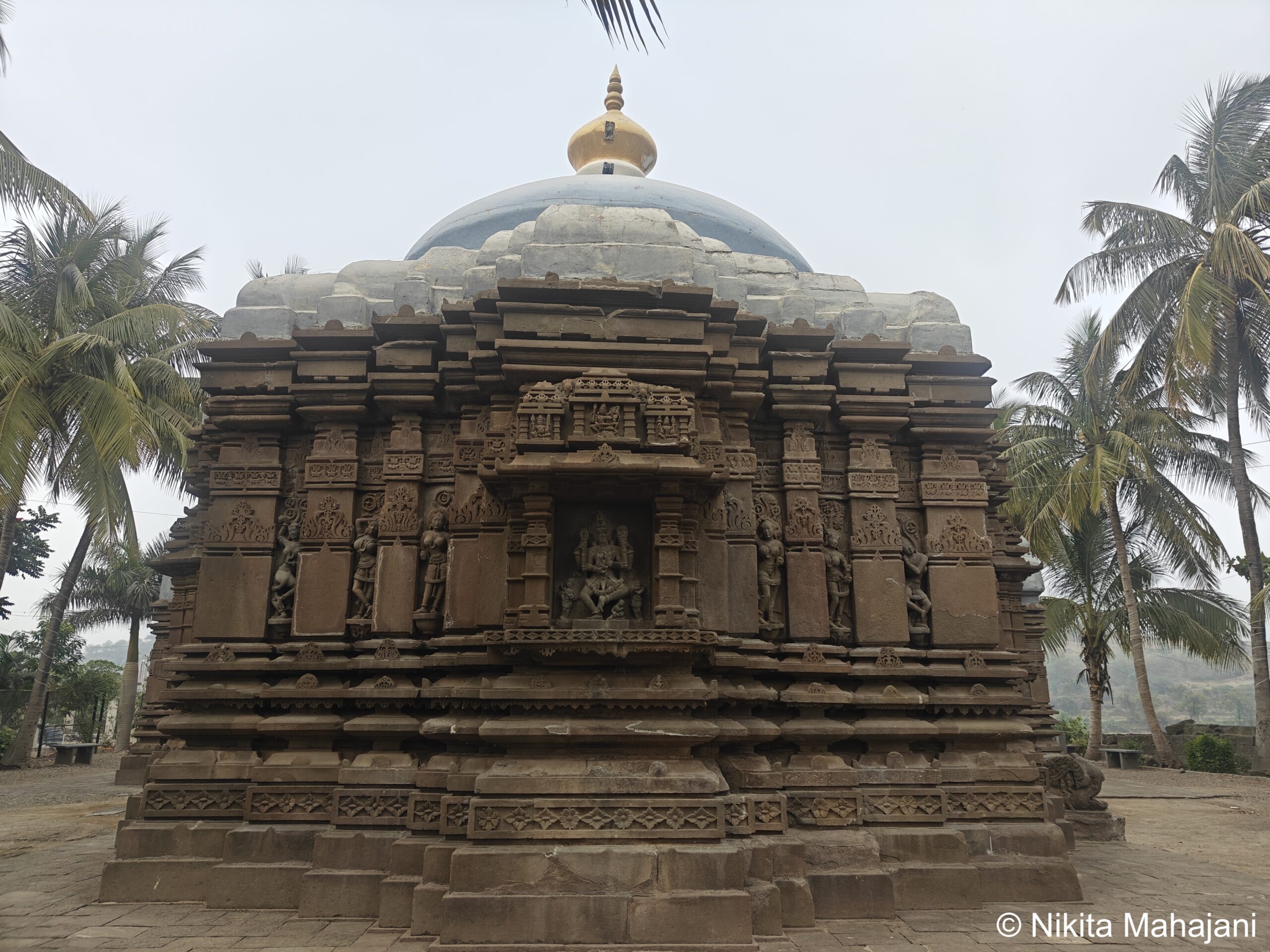
Maharashtra is home to many beautiful, unique, and exquisitely sculpted ancient temples, though not many are aware of them. Most of these temples are built in stone and feature the intricate Hemadpanthi style. The temples constructed in this style are often referred to by that name. Some notable examples include Jagdamba Temple of Tahakari, Ghrushneshwar Temple of Verul, Shankar Temple of Ambarnaath, Godakeshwar Temple near Nashik, the temple on the banks of Godavari, the temple complex of Ambabai in Kolhapur, Jyotiba Temple, the shrine of Shambhu Mahadev at the peak of Shinganapur hill, among others.
The temples built during the times of the Haihaya, Yadava, and Chalukya dynasties, who were devotees of Lord Shiva and Goddess Devi, are considered major examples of Hemadpanthi architecture in Maharashtra.
Tahakari is a village in Akole Taluka of Ahmednagar District. The Jagdamba temple here is an ancient shrine built in the Hemadpanthi style. The temple features finely sculpted idols of women, carved in stone using traditional rock-carving techniques.
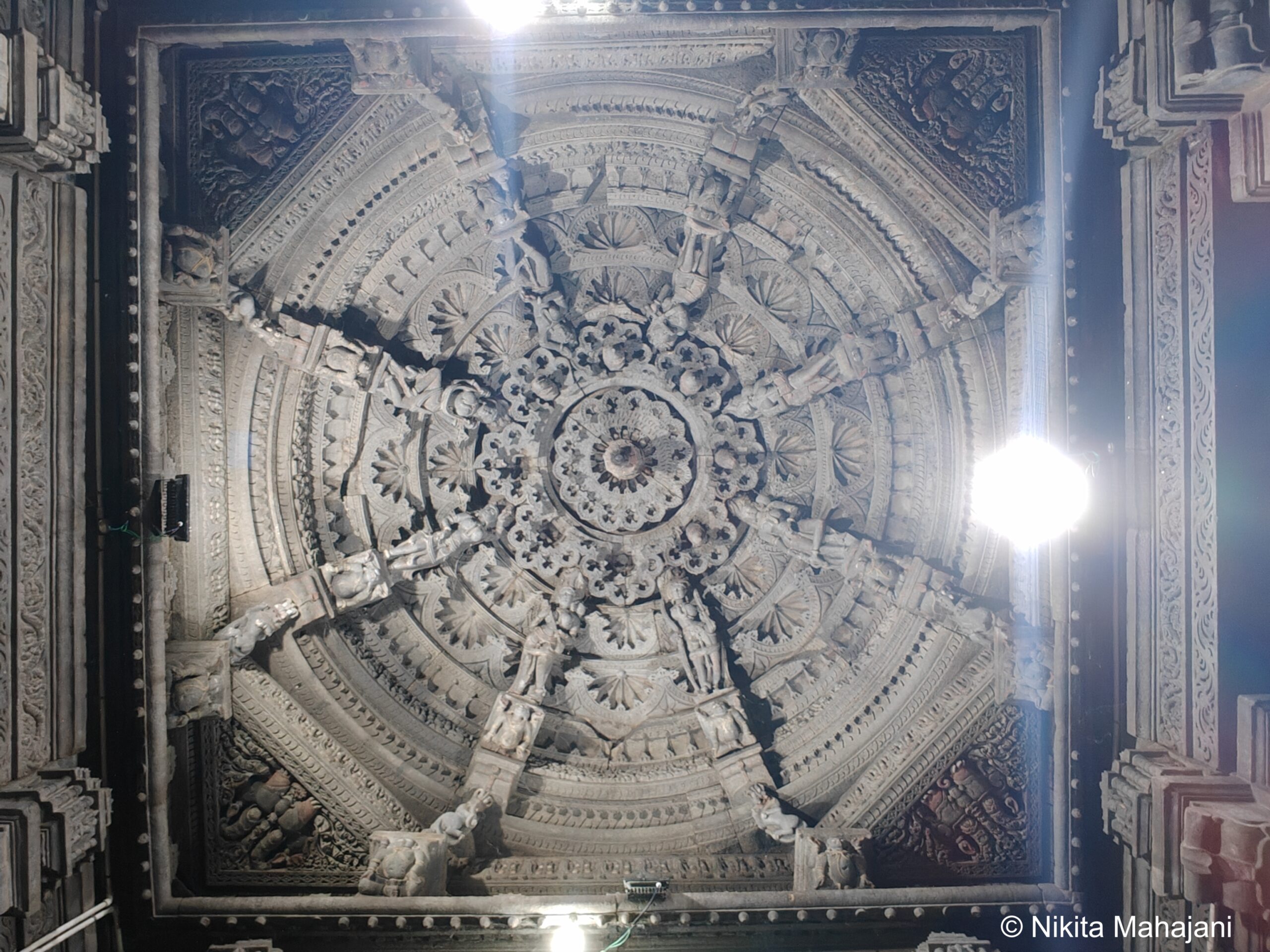
The Jagdamba temple in Tahakari is believed to have been built during the Yadava period. The unique construction technique, where lime, mud, and no mortar were used, is characteristic of Hemadpanthi architecture. The stones used in this style were shaped and fitted with such precision that the temple walls remain intact without the need for cement. This method is considered to have likely begun during the Yadava dynasty and is still regarded as highly advanced.
It is believed that the temple was originally built during the time of the Pandavas when they were in exile. However, during the Mughal rule, the temple was partly destroyed. It was later reconstructed during the time of Chhatrapati Shivaji Maharaj. According to legend, after defeating the demon Ravan in battle, Lord Ram installed the idol of Goddess Sita here, marking the spot with a rock — hence, the village came to be known as “Tahakari.” It is also believed that Shivaji Maharaj sought refuge here during his escape, and the temple has stood ever since as a sacred place of worship.
The temple’s uniqueness lies in its decorative square pillars and ornate carvings in the main hall and sanctum. These pillars and ceilings often feature mythological stories, and in some places, arches and pillars are seen supporting the temple’s structure. The sanctum faces east and usually houses idols with geometric bases like triangular, square, pentagonal, circular, semicircular, etc., which help support the roof and distribute the weight evenly. This architectural technique enables each part of the structure to support another, allowing the temple roof to remain stable without collapse. It is said that this type of construction is unique to the Kaliyuga era, and the carvings are preserved even today.
This temple is located in the Sahyadri region, which experiences heavy rainfall. As a result, the temple is deteriorating. The government has declared it a protected site under the “Jhadipatti” (forest belt) tourism plan. Akole Taluka, known for its natural beauty and ecological richness, is home to many such scenic spots.
If this naturally beautiful and historically significant temple is developed as a tourist destination, it could bring joy to many visitors. However, due to the indifference of local representatives, tourism in this area has not developed. Despite plans for tourism development on paper, no real progress has been made. The potential for large-scale tourism growth has been hindered.
The temple continues to erode, and though the local villagers are making efforts to highlight the temple’s significance, their efforts alone are not enough. Only by developing it as a tourist site can the temple be saved from further decay — this is the hope from the government!
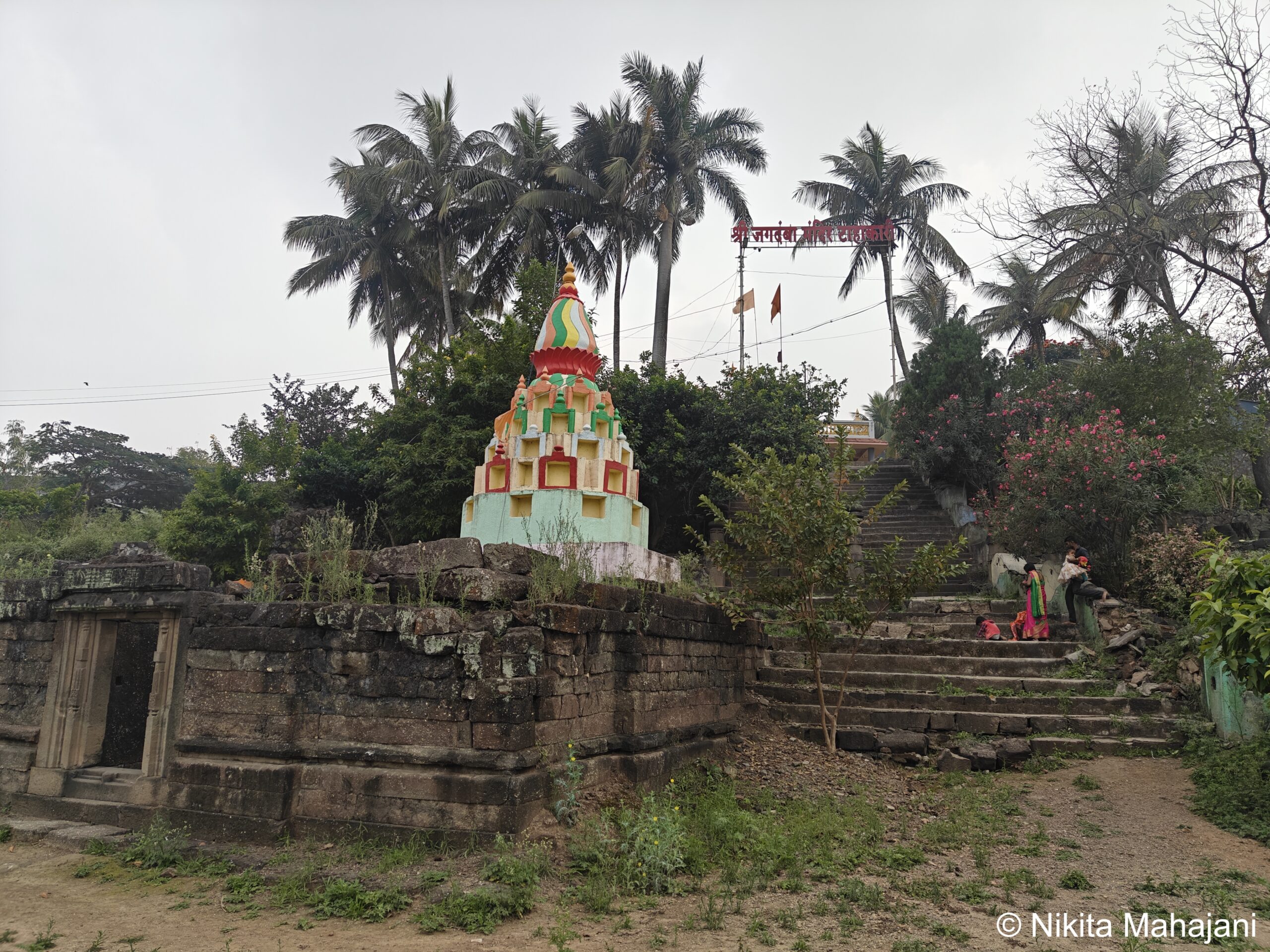
The steps from the Tahakari Jagdamba temple lead down to another temple abutting the river.
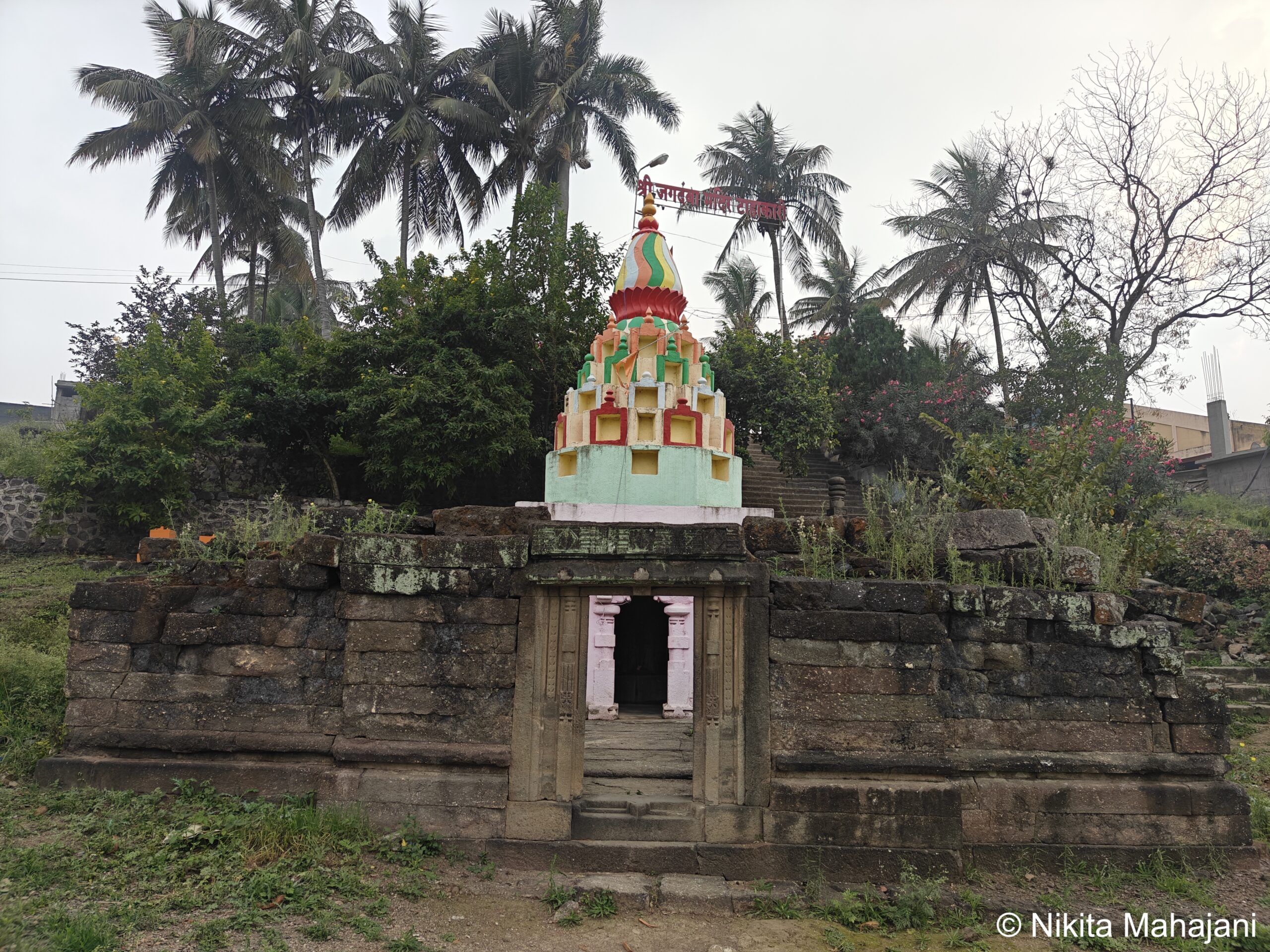
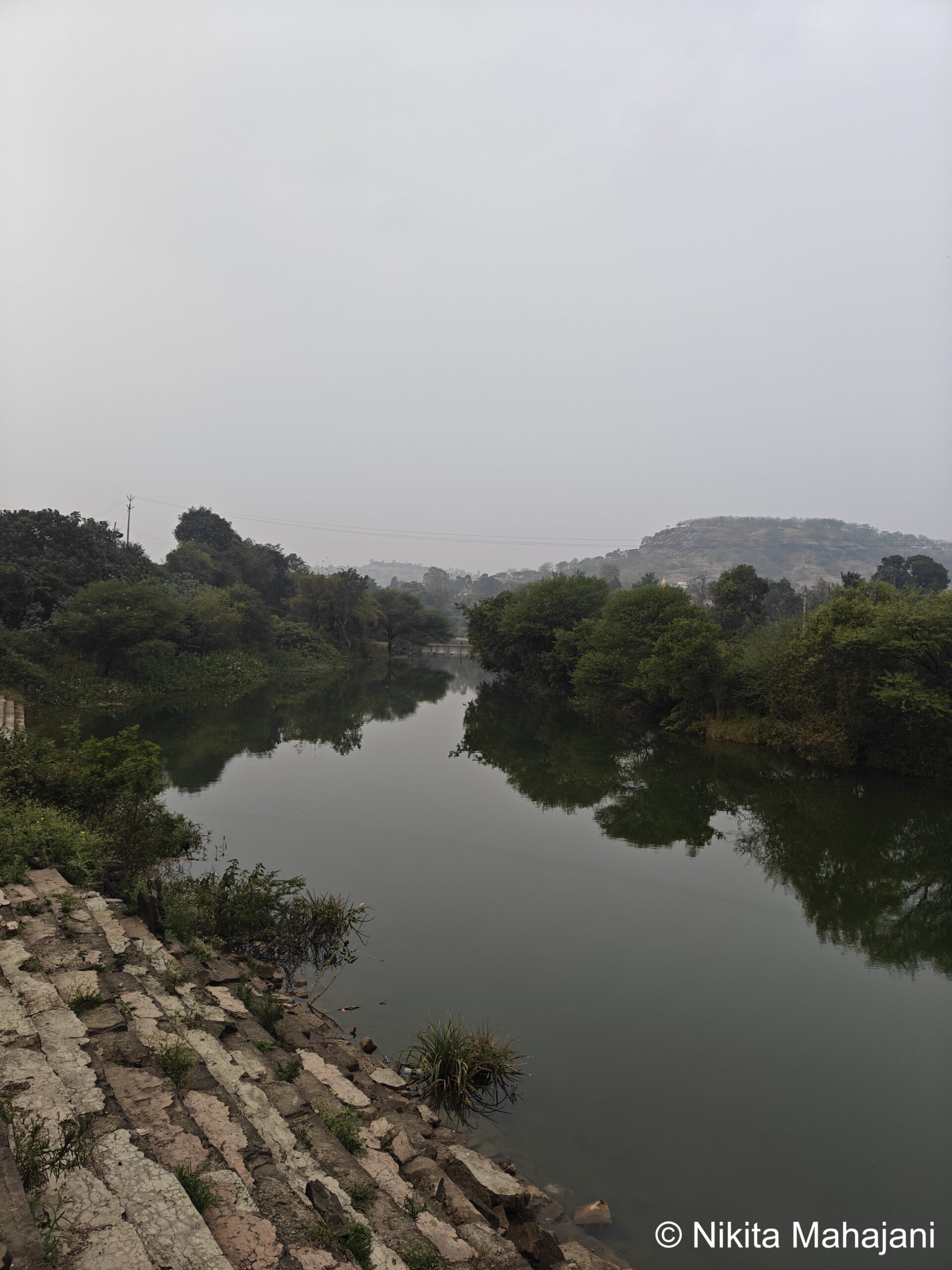
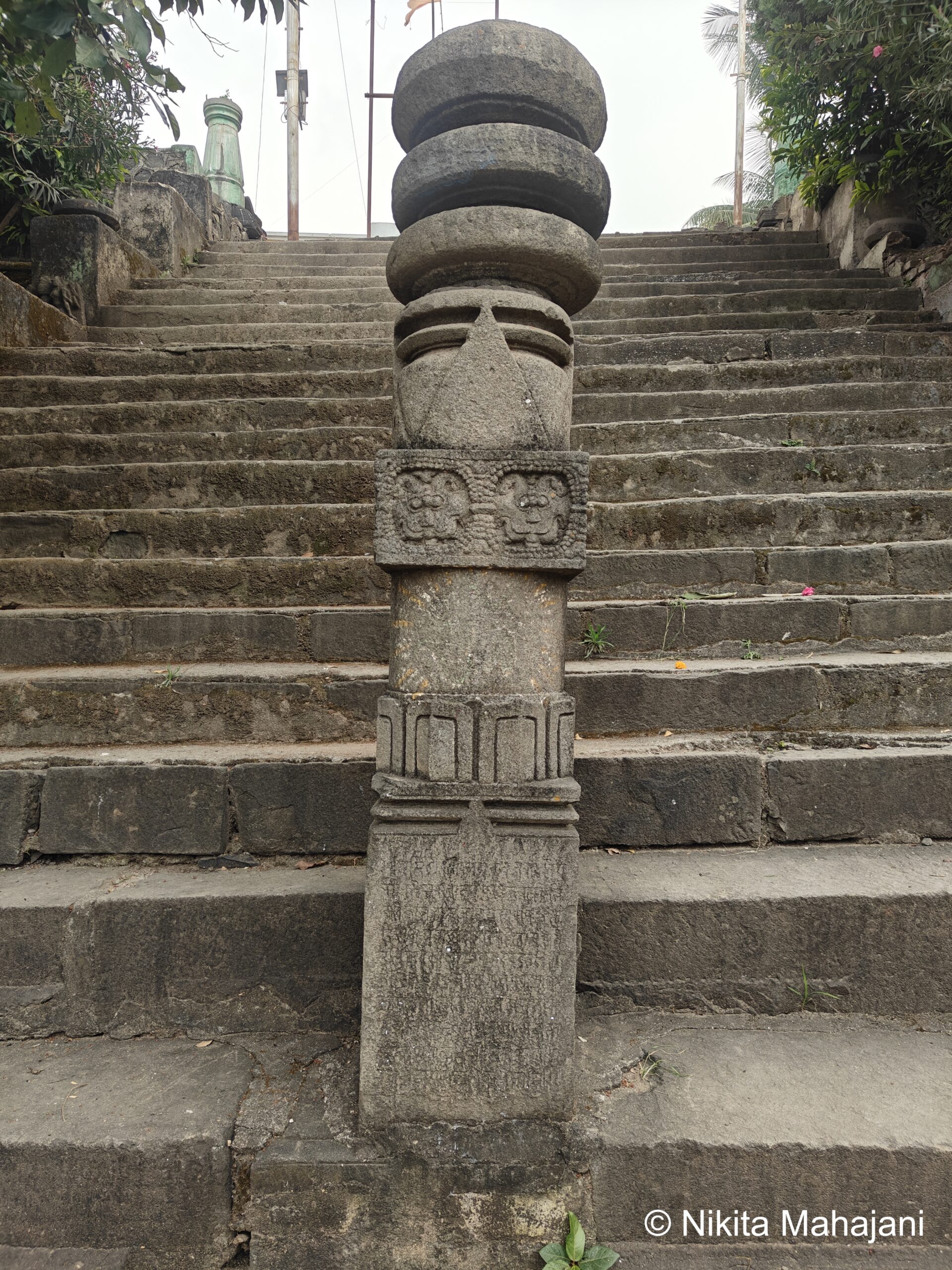
We were fortunate to view the sunset from the banks of the Pravara river.
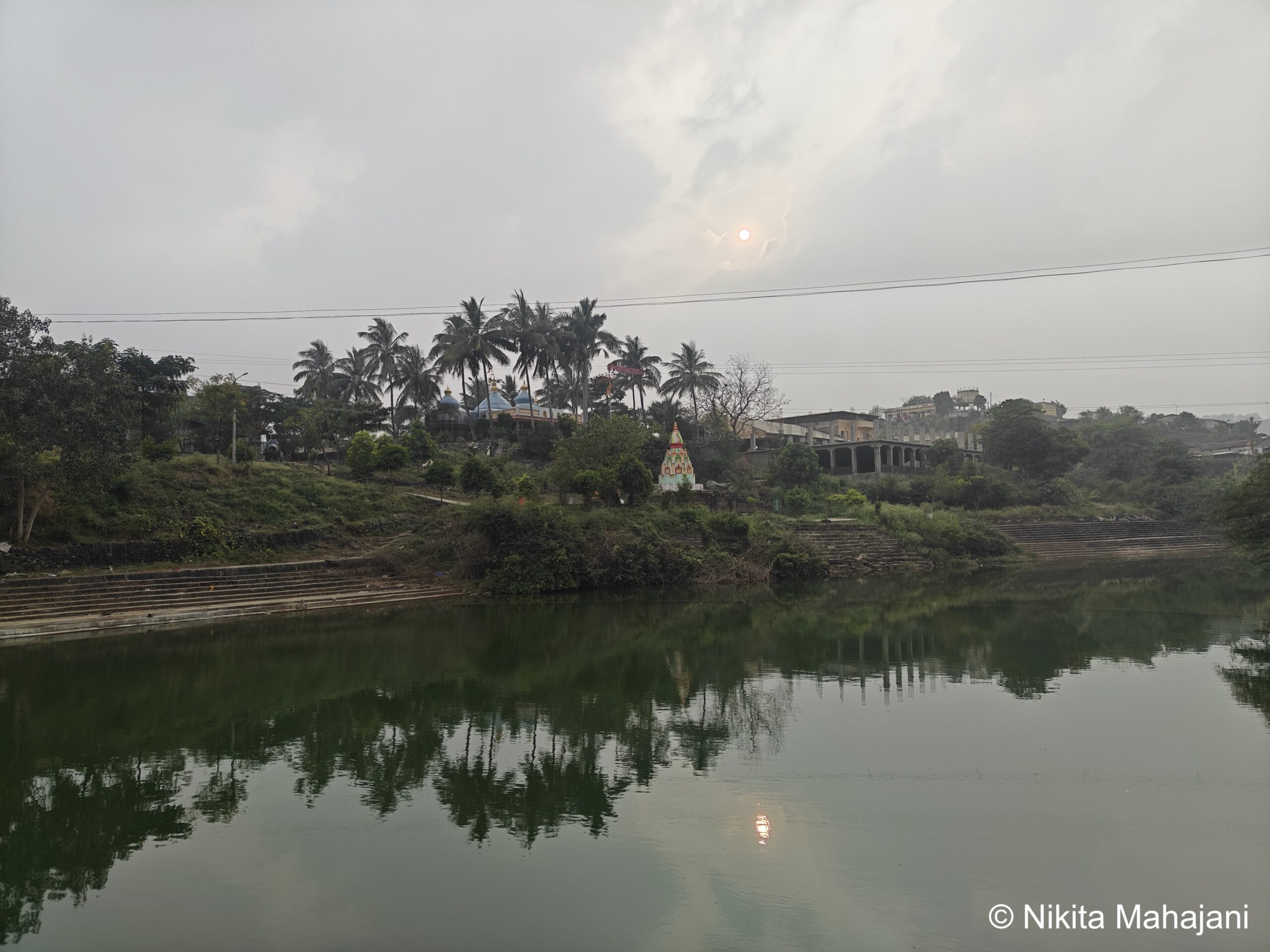
We later traveled to Sangamner, checking into the Nature Agro Resort for the night. The hotel was decorated with lights since it was christmas evening. This resort is pet friendly.
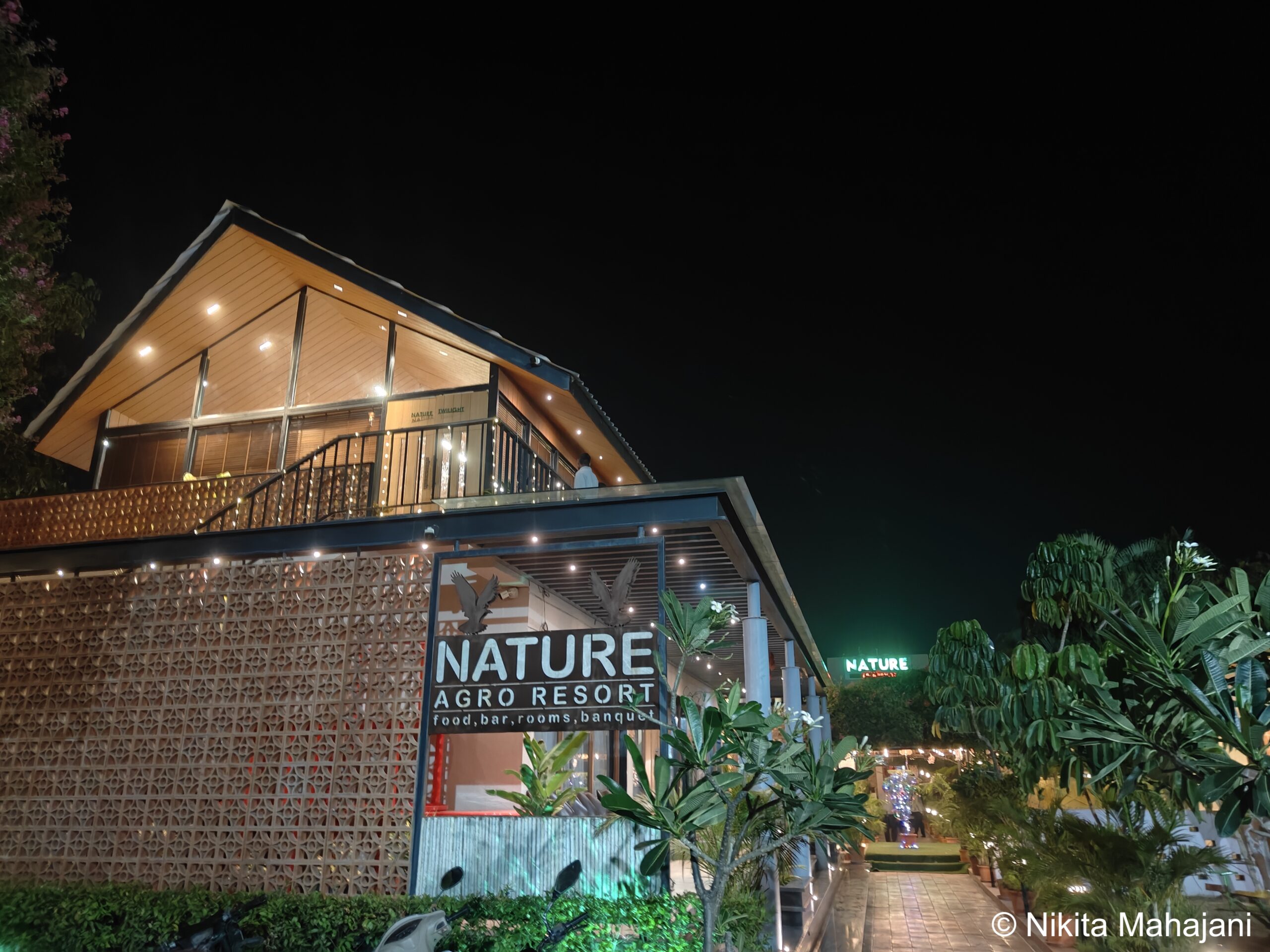
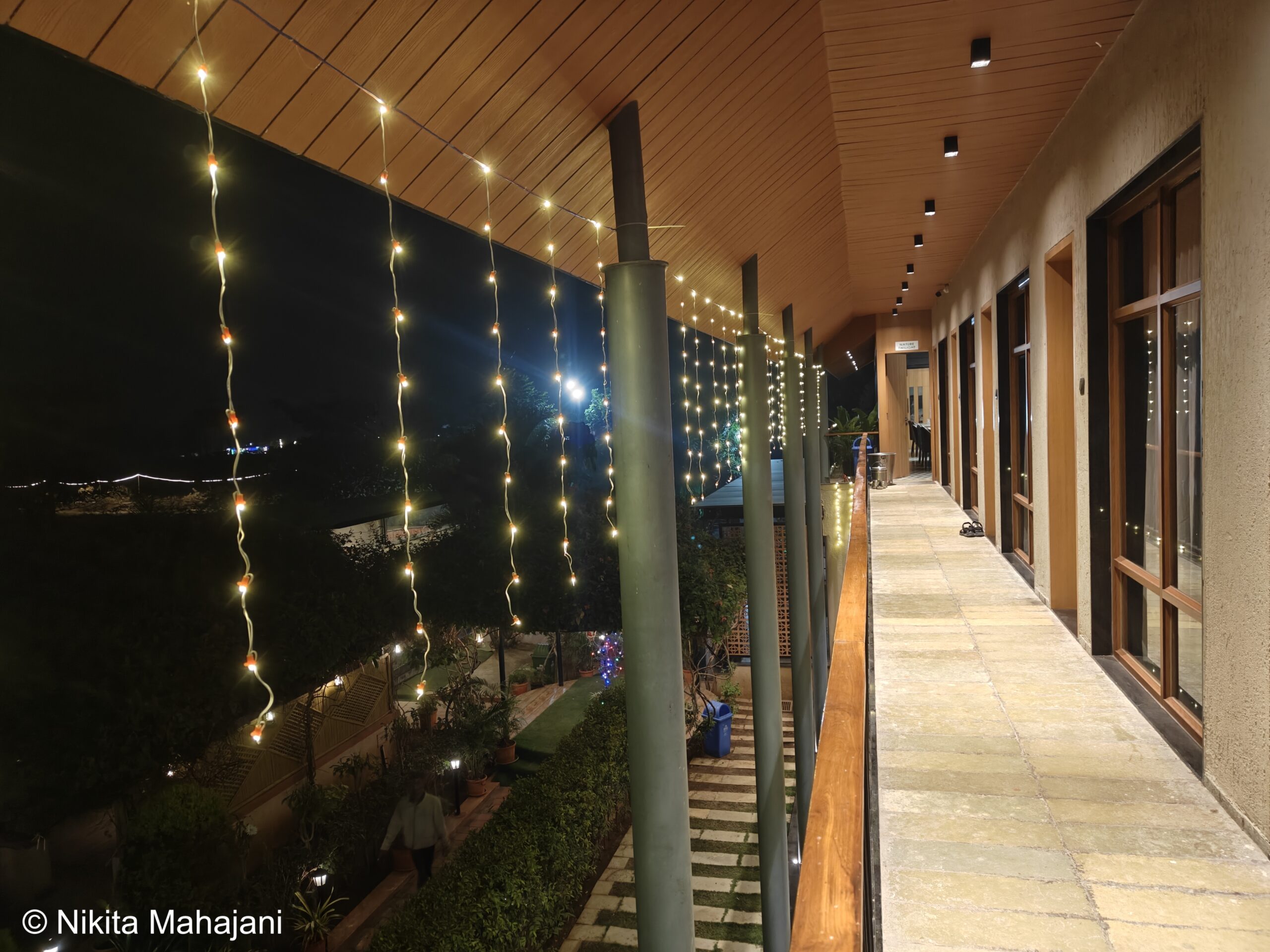
We went for dinner to Hotel Shree Sadguru pure veg, Sangamner which is famous for authentic maharashtrian food. We had naachnichi bhaakri and maswadi rassa.
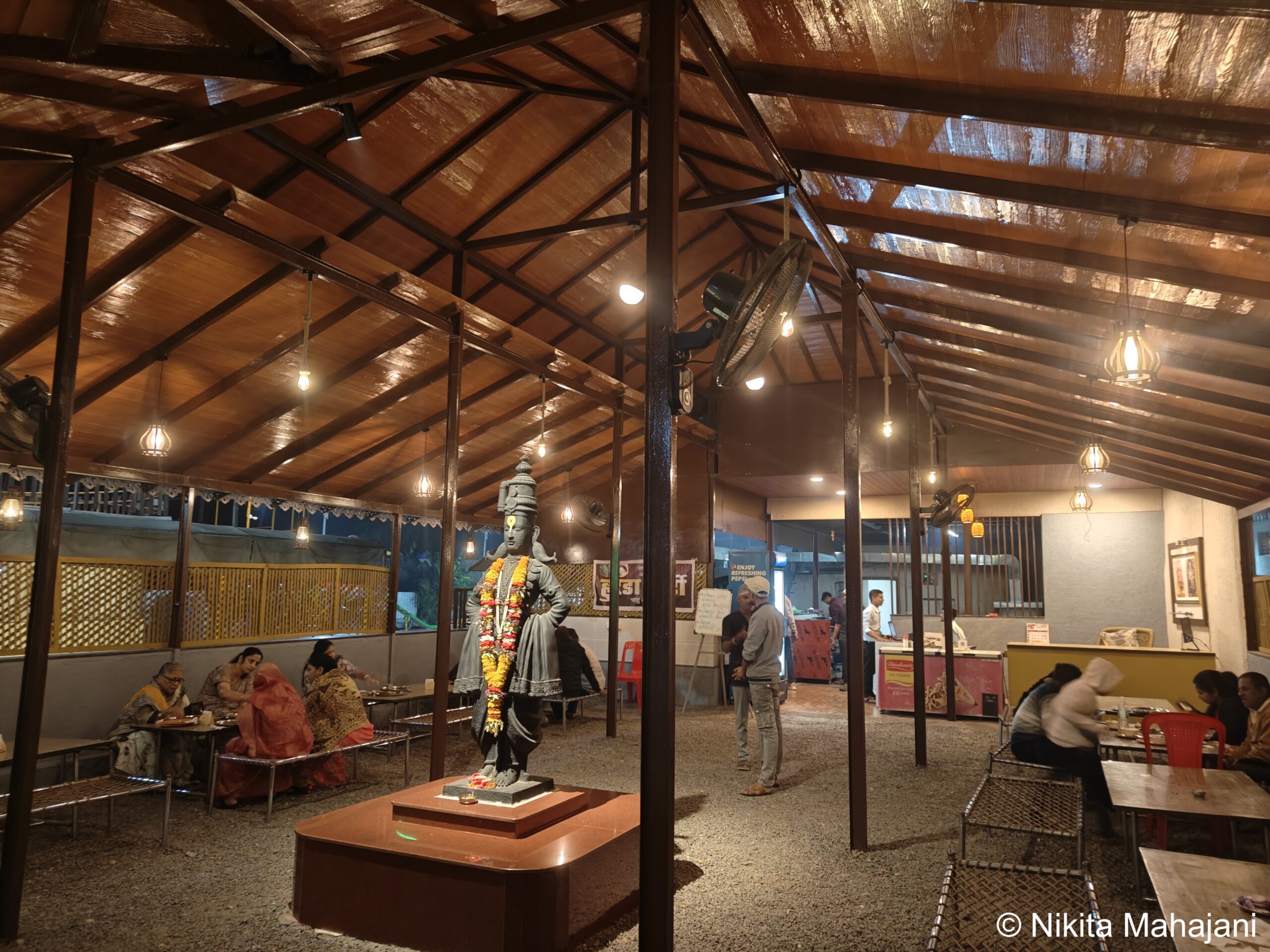
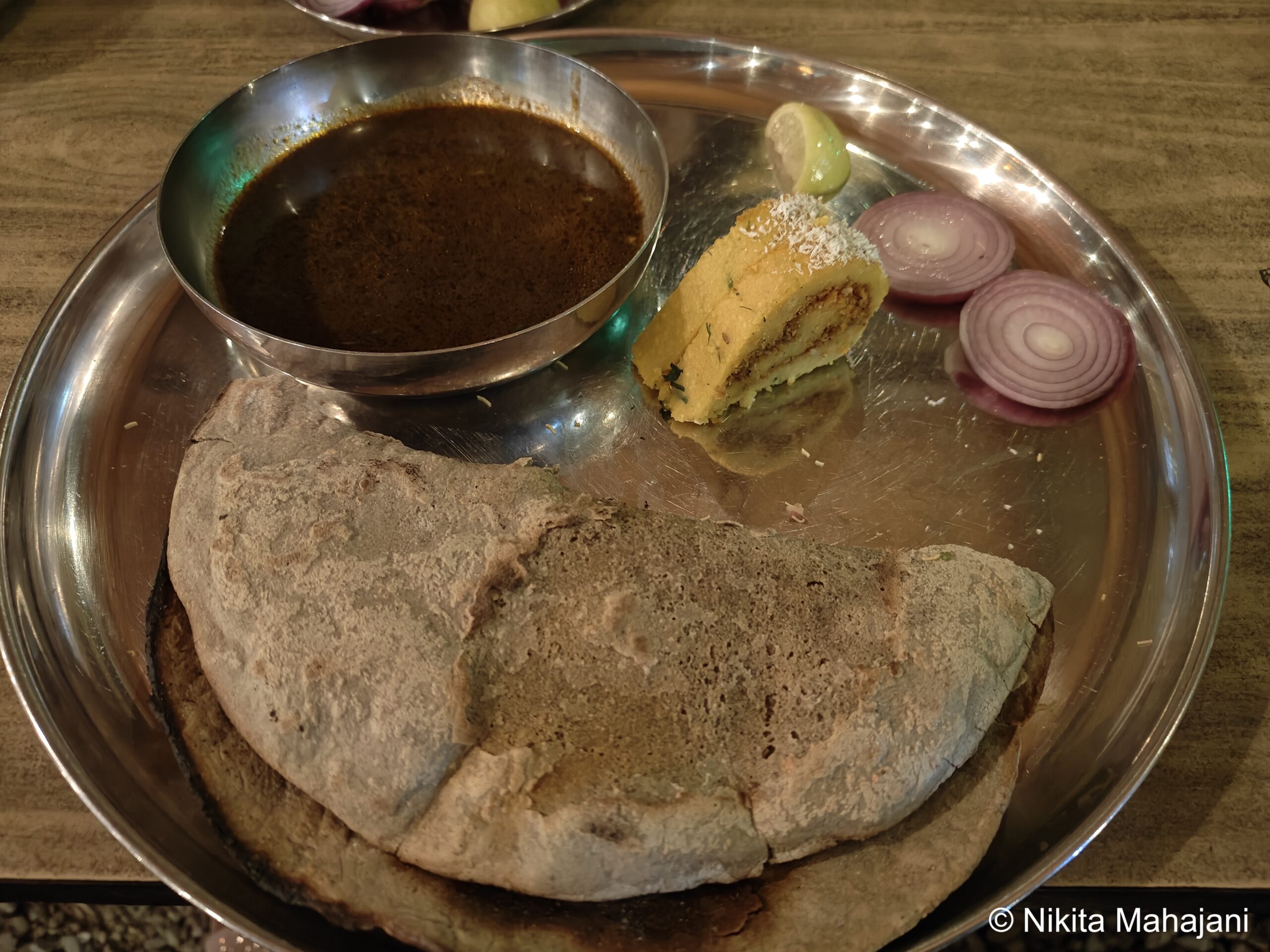
The day ended with a peaceful stay at Nature Agro Resort.
To read the next blog on Day 5: Palashi, click here.
Where did we stay ?
Shree Kamalshanti Palace & Restaurant & Lawns, Chalisgaon.
Nature Agro Resort, Sangamner.
